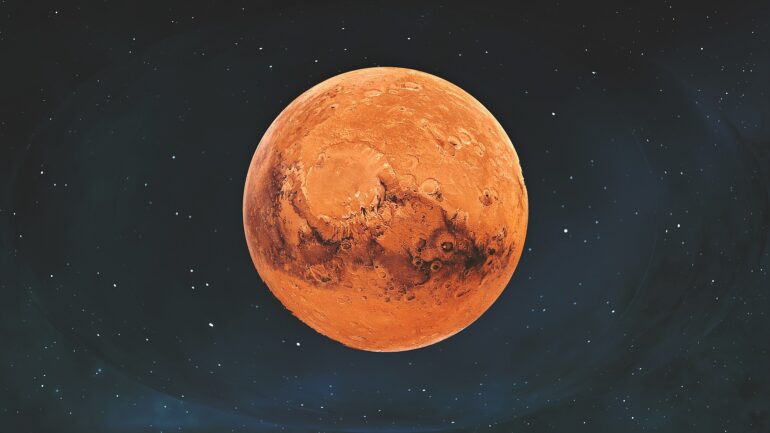TL;DR:
- Decades of Mars climate research continue, but challenges persist.
- Novel machine learning approach applied to modeling Martian relative humidity.
- Deep neural network achieves impressive accuracy (3% mean error, R2 score 0.92).
- Interpretability is addressed through a thorough internal analysis.
- Key meteorological variables identified for humidity modeling.
- Potential to expand Mars climate datasets and enhance understanding.
Main AI News:
In the quest to unravel the enigmatic climate of Mars, scientific efforts spanning decades have dissected the planet’s intricacies, probing its dynamics and climatic mysteries. Despite significant advancements achieved through physical modeling and data assimilation, the Martian climate continues to elude full comprehension, shrouded in lingering uncertainties. In this pioneering endeavor, we introduce a groundbreaking methodology for Martian climate modeling, harnessing the power of machine learning techniques that have revolutionized Earth’s climate modeling landscape.
Our groundbreaking study unveils a sophisticated deep neural network meticulously crafted to precisely replicate relative humidity patterns within Gale Crater. This is achieved by tapping into a treasure trove of simulated meteorological data generated by the Mars Planetary Climate Model, a robust Global Circulation Model. Our model not only accurately forecasts relative humidity levels with astonishing precision, boasting a mere 3% mean error rate, but also garners an impressive R2 score of 0.92. Moreover, we present an innovative approach to predict quantile ranges of relative humidity, catering to diverse applications necessitating a spectrum of values.
Confronting the challenge of interpretability often entangled with machine learning models, we embrace an intelligible model architecture and embark on an exhaustive journey to unravel its inner workings and decision-making mechanisms.
Our findings underscore the remarkable efficiency with which our neural network deciphers relative humidity trends at Gale Crater. A select set of meteorological variables emerges as the linchpins in our model’s predictive prowess, with the monthly mean surface H2O layer, planetary boundary layer height, convective wind speed, and solar zenith angle reigning as the principal contributors to our model’s insightful forecasts.
Beyond its remarkable ability to expedite and enhance climate variable modeling on Mars, this novel approach offers a gateway to expanding existing datasets. It seamlessly fills in the spatial and temporal gaps in observations, fortifying our quest for a comprehensive understanding of the Martian climate.
Conclusion:
The integration of machine learning techniques into Martian climate modeling, as exemplified by this study, signifies a significant leap forward in our ability to decipher the intricacies of the Red Planet’s atmosphere. With its exceptional accuracy and potential for expanding datasets, this approach presents an opportunity for businesses and research institutions to better comprehend and harness the Martian climate’s complexities, potentially opening doors to new applications and insights in the space exploration market.

